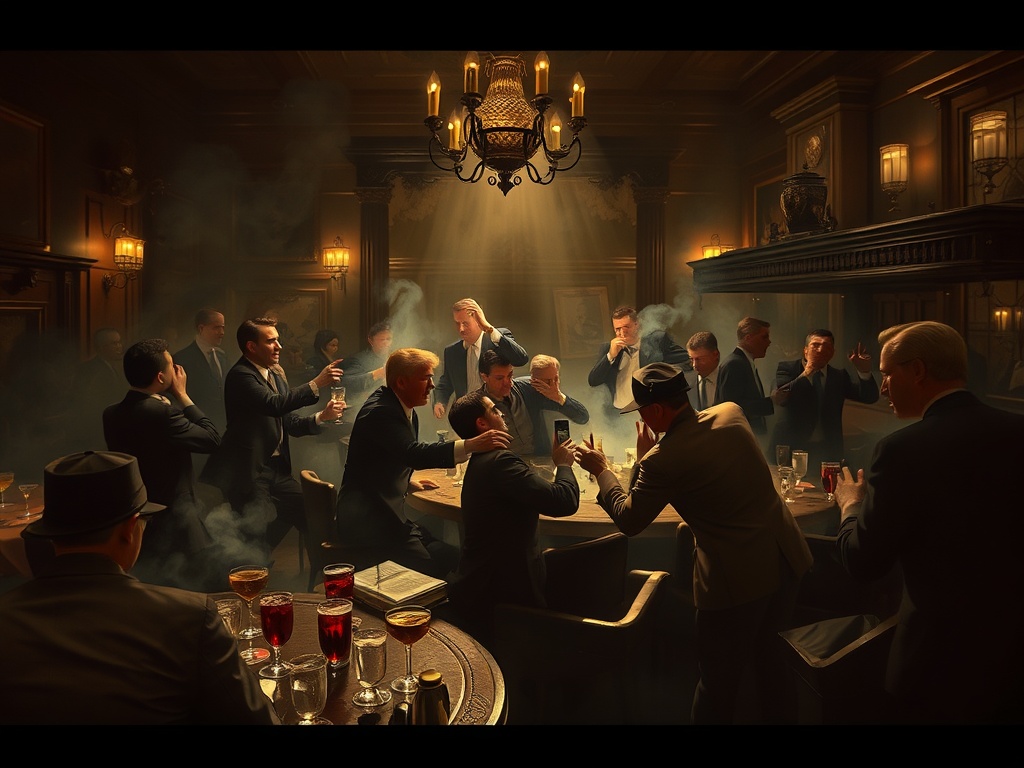The Night of Infamy: F. Scott Fitzgerald’s Dark Encounter

On a fateful December night in 1924, the renowned author F. Scott Fitzgerald found himself embroiled in a chaotic drunken brawl that culminated in a Rome police station. In a fit of rage, Fitzgerald struck an officer, only to be met with a brutal retaliation from the local authorities, who severely beat him. This incident marked a significant low point in his life, and in a letter penned to a friend a decade later, Fitzgerald reflected on it as “the rottenest thing that ever happened in my life.” The trauma of the event was so profound that he avoided discussing it openly, preferring to channel his experience into his literary work.
Fitzgerald chose to fictionalize this harrowing episode not once, but twice. His first attempt came in the form of a travelogue titled The High Cost of Macaroni, written in 1925 but only published posthumously. However, it is in his more celebrated 1934 novel, Tender is the Night, that he vividly reimagined the event. In this narrative, the protagonist Dick Diver, intoxicated and reckless, becomes embroiled in a violent altercation with taxi drivers in Rome. The confrontation escalates, leading to his arrest, where he finds himself at the mercy of the police who, in a savage display of force, “clubbed down, and fists and boots beat on him in a savage tattoo.” Ultimately, Diver is left bloodied and broken, only to be rescued by his sister-in-law and officials from the U.S. Consulate—a parallel to Fitzgerald’s own experience, where his wife, Zelda, came to his aid.
Over the years, Fitzgerald’s biographers have often leaned on his fictional portrayals as a basis for factual recounting. However, recent investigations into the incident by Sara Antonelli, a professor of American literature at the Università Roma Tre, have revealed that such interpretations can obscure the complete truth. “I had this buzzing thing in my head for years,” Antonelli remarked, noting the recurring assertion in biographies that the events depicted in Tender is the Night were autobiographical. “But I’m a literary critic — this is not the way things work.”
Driven by a desire for clarity, Antonelli embarked on a meticulous quest that spanned over three years, delving into the historical archives of various Italian police forces. Her efforts bore fruit when she discovered a singular pink folder labeled “Arrest of the Foreigner Scott Fitgerat” at Rome’s central state archive. Inside, she uncovered five critical documents: an initial report from the carabinieri, the military police who detained and assaulted Fitzgerald that night, alongside subsequent reports from the Italian national police, the civilian law enforcement agency. These findings not only shed light on the incident but also challenge the romanticized narratives surrounding Fitzgerald’s tumultuous life.




